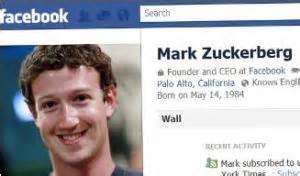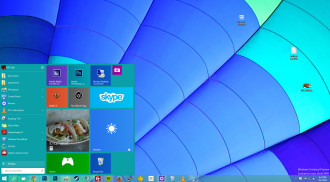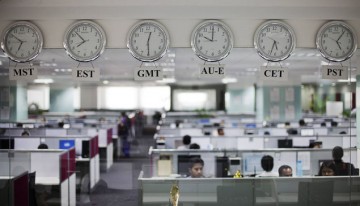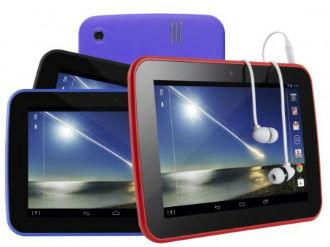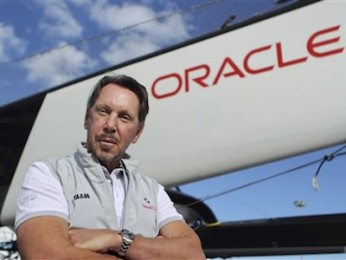 The appointment of Safra Catz and Mark Hurd as co-CEOs at Oracle made considerable sense to Wall Street, but sources in the database firm were surprised that Thomas Kurian did not come out of it as well as they expected.
The appointment of Safra Catz and Mark Hurd as co-CEOs at Oracle made considerable sense to Wall Street, but sources in the database firm were surprised that Thomas Kurian did not come out of it as well as they expected.
This indicates that Chairman Larry Ellision is up to something.
Kurian was appointed president of software development, but that seems to underplay his importance at Oracle.
Reuters points out that Ellison often turns to Kurian for a second opinion and affirmation on product decisions and conversations.
A former executive told Reuters that Ellison always looks back at Thomas and asks him what he thinks.
This has led many to believe that Kurian, not Herd or Catz will end up replacing Ellison when the 70 year old retires.
After Hurd and Catz were promoted, top executives worried about keeping Kurian motivated and happy. He continued to report directly to Ellison, now executive chairman of the board, along with Hurd, Catz and two others.
Ellison seems to be in no hurry to leave and was appointed Oracle’s chief technology officer in September, but he has in recent years spent an increasing amount of time on other interests, including his sailing team, and as he develops the Hawaiian island he largely controls into an eco-tourism destination.
When Ellison does eventually hand over the reins, he will want to entrust Oracle to someone who lives and breathes technology, and Kurian is seen fitting that job description best among the top executives.
However outside Oracle Kurian is an unknown. He is seen as a technologist who understands Oracle’s products inside out, works long hours, executes Ellison’s vision and is pants at small talk.
He is the man behind Oracle’s middleware business developing into a substantial enterprise and Oracle’s vast and still rapidly evolving suite of products, from business software applications to servers and databases.
Ellison has put him in charge of the company’s move to the cloud and if he manages it, it will be difficult for his detractors to deny him the top spot.
What stands against him is his tendency not to delegate and he likes to get involved in a minutia.
However the same applies to Ellison, and it would appear that he has plans for Kurian, which should worry the Herd of Katz he has placed as joint CEOs.


